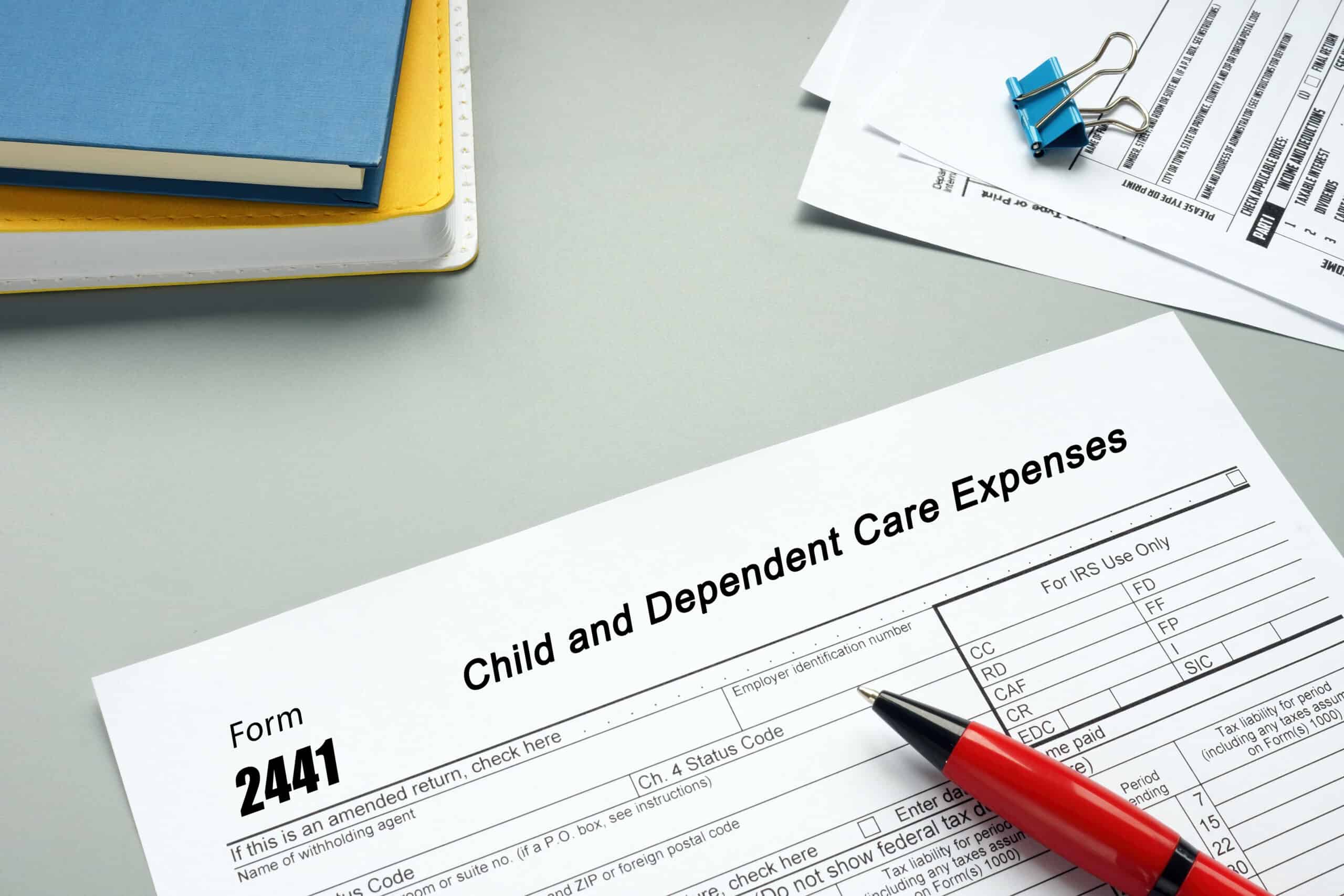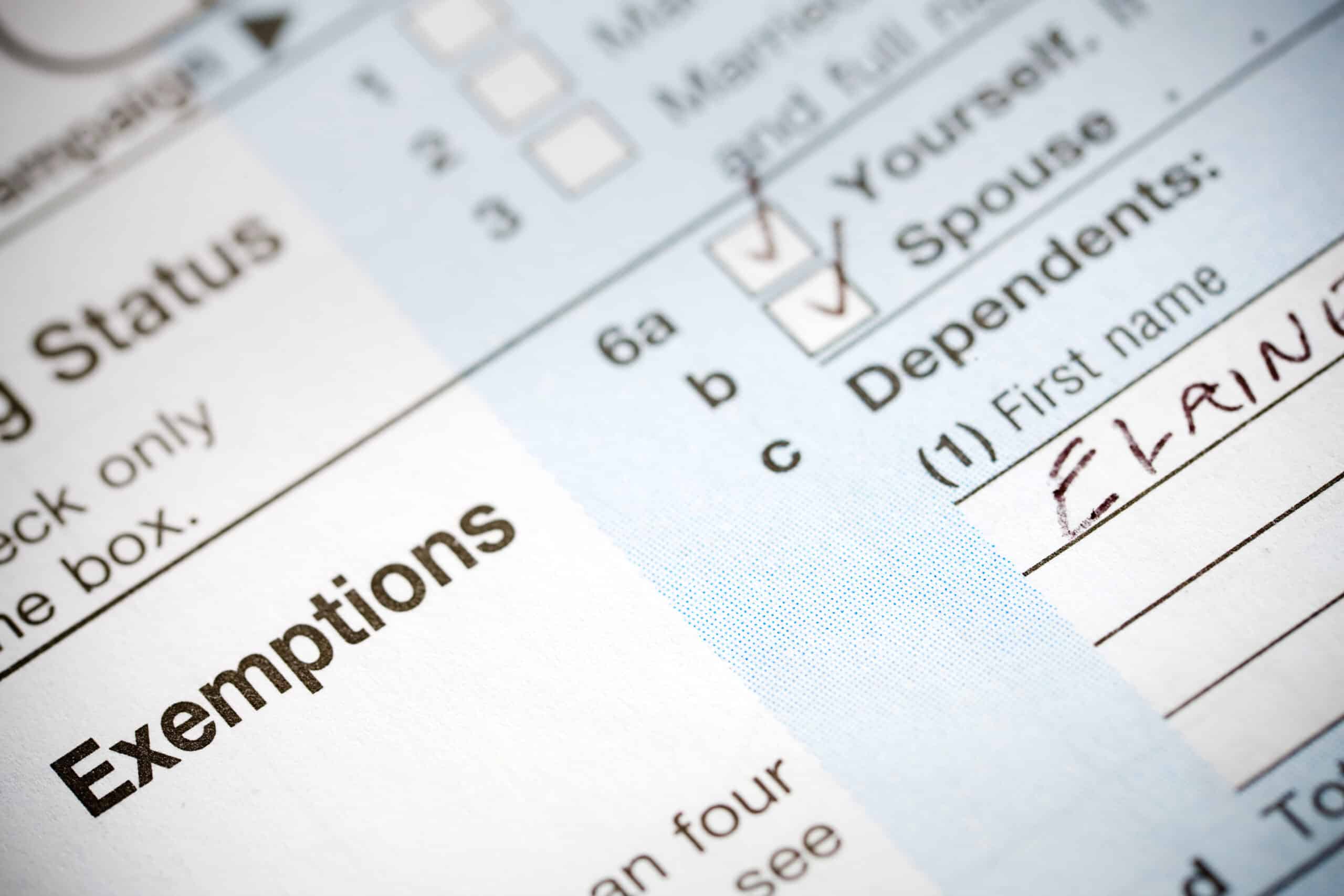Tax season can be a challenging time for many. Figuring out the right forms and collecting receipts is time-consuming and can be overwhelming. For parents, understanding tax laws and eligibility is complicated as your children grow older and enter university, then the workforce and the rules surrounding dependents change. There are specific guidelines that you must follow to ensure that your child qualifies as an independent.
What is a Dependent?
According to the IRS, a qualifying child must be younger than you and either younger than 19 years old or be a “student” younger than 24 years old as of the end of the year.
If your child is “permanently and totally disabled,” they count as dependents.
How Long Can You Claim a Child as a Dependent
There is no hard answer to this common question. Basically, the person must meet the requirements that the IRS has stated. If the person meets the requirements, you can continue to claim them as a dependent. Once the child is legally an adult, over 18, and no longer a student, they can qualify as a dependent but not as a child or qualifying child. For example, if your child has finished university but is living at home and you are providing more than 50% of their expenses, then you can still claim them as a dependent but not as a child dependent.
Examples of Qualifying Dependents

Like with all claims on a tax return, the IRS has specific guidelines that must be followed if you're claiming a child, or anybody, as a dependent.
©Yuriy K/Shutterstock.com
Every case is different, and the IRS has the guidelines laid out, but since everyone's case is unique, here are a couple of examples of a qualifying child.
- The child is a 23-year-old student at university and lives in on-campus housing. The parents can claim the child because they are under 24 and full-time students even though the child does not live with them and is in on-campus temporary housing.
- The child is 13, the biological mother is out of work is out, and the stepfather pays all of the household expenses. He can claim the child even though the child is not biologically his.
- An adult child returns to live with the parents after divorce at 20 years old and returns to school full-time. The parents could claim the child as a dependent unless the child filed jointly with the soon-to-be ex-spouse.
In The Case of Divorce
Divorce is an unfortunate circumstance that affects many modern families. And generally, if there are no disputes, the parents will share full custody, which can make tax season tricky. The rules for claiming minor children state that the custodial parent receives the tax deduction. In the case of joint custody, it goes to the parent of the home where the child sleeps the majority of their nights.
For families that have an even split of time, then the parents ideally should figure I out in the custody agreement and have it clearly in writing. Both parents are not permitted to claim the child in the same year. Some options, in this case, are either for one parent to agree to share the tax claim switching each year. Or in some cases, through the divorce settlement, they make a concession for the property but get the right to claim the child.
Divorce is challenging for children and parents. The best way families can manage tax season is to have everything in writing and come to an agreement before the divorce turns ugly. If the parents can not come to a mutual agreement, then they may have to seek mediation through the court system and have their lawyers work it out with the judge.
What is a Qualifying Relative?

For adult children that don't meet the requirements for a dependent, they may meet the requirements as a qualifying relative.
©Sean Locke Photography/Shutterstock.com
There is a workaround for adult children that do not meet the requirements. Their parents can claim them as qualifying relatives if they meet the criteria.
A qualifying relative must meet these guidelines. The qualifying relative earns a gross income of less than $4,400 and receives more than half of their financial support from the parent.
Examples of Qualifying Relatives Include:
- Child/Stepchild/Grandchild/Foster child
- Son or daughter-in-law
- Siblings and Half Siblings
- Father or mother-in-law
- Parent or stepparent
- Biological relatives like aunt, niece, or nephew
For the tax year 2022, the credit for adult children over 17, whether a qualifying child or an “other dependent,” is $500 per dependent.
Earned Income Credit and Child Tax Credit
These two tax credits are a bit different regarding who can claim these.
According to the IRS website, to qualify for the EITC, you must:
- Have an earned income under $59,187
- Have investment income under $10,300 in the tax year 2022
- Be a U.S. citizen or a resident alien all year
- Have a valid Social Security number
- Not file Form 2555, Foreign Earned Income
- If separated from your spouse and not filing a joint tax return, you must meet certain requirements
The Earned Income Credit is based on income and the number of children. This credit is to help families with low or medium annual income.
The Child Tax Credit is for children under 18 or full-time students under the age of 24. Married parents must have an income under $150,000. Single-parent families (also called Head of Household) qualify with income under $112,500. For others that don't meet the first two requirements, then they must have an income under $75,000.
Always reach out to a certified accountant or tax preparer for the most up-to-date information and to assess your unique family situation and how that will affect your taxes for that year.
The image featured at the top of this post is ©Damir Khabirov/Shutterstock.com
